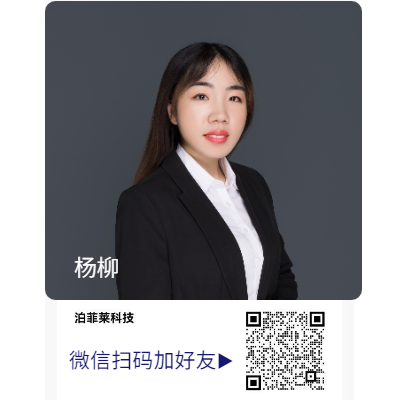Professor Wang Dejun of Jilin University introduced the Surface Photovoltage (SPV) method into the field of photochemistry and photocatalysis research in the 1980s. He later conducted detailed research on the behavior of photo-generated charges in materials with semiconductor properties using this technology.
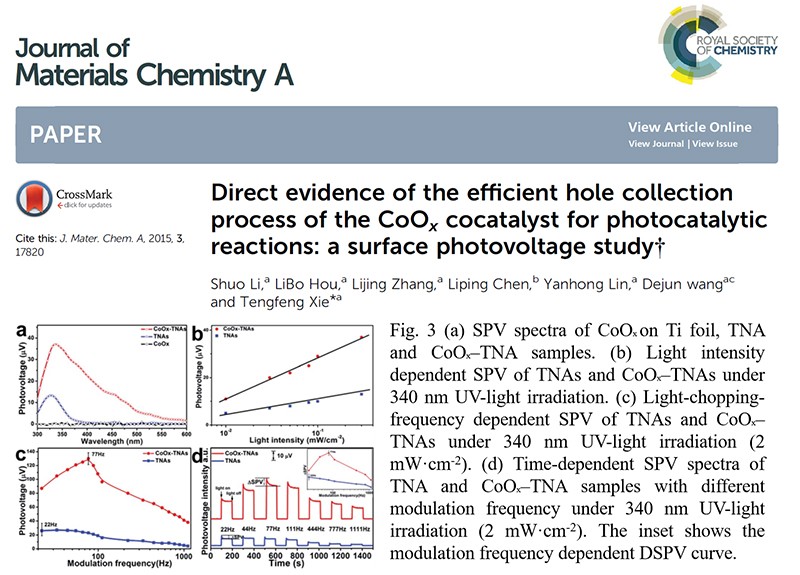
Surface Photovoltage (SPV) Technique
The Surface Photovoltage (SPV) technique is a non-contact measurement method that allows the measurement of voltage changes on the semiconductor surface after exposure to light. It possesses high sensitivity.
In recent years, Surface Photovoltage (SPV) technology has been widely used in research fields such as photocatalytic hydrogen production, solar cells, photocatalytic degradation, photoelectrochemical sensing, and photocatalytic water oxidation. Researchers combine Surface Photovoltage (SPV) technology with materials to explain the dynamic behavior of photo-generated charges during the corresponding reaction processes, providing a deeper understanding of the separation, transport, and recombination of photo-generated charges in semiconductors, among other information.
Surface Photovoltage (SPV) technology can be used to determine semiconductor conductivity type, measure the diffusion distance of minority carriers, determine surface state parameters, and investigate photo-generated charge behavior. It can also provide information on charge transfer properties, defect states, heterojunction charge transfer, quantum size effects, quantum confinement characteristics, photo-generated charge separation, transport, and recombination, among others.
Surface Photovoltage (SPV) mainly includes steady-state surface photovoltage and transient surface photovoltage.
Steady-State Surface Photovoltage Testing
Steady-state Surface Photovoltage testing is implemented using a lock-in amplifier, as shown in Figure 1. It can obtain important parameters such as semiconductor conductivity type, bandgap width, and the separation efficiency of surface/interface photo-generated charge carriers.
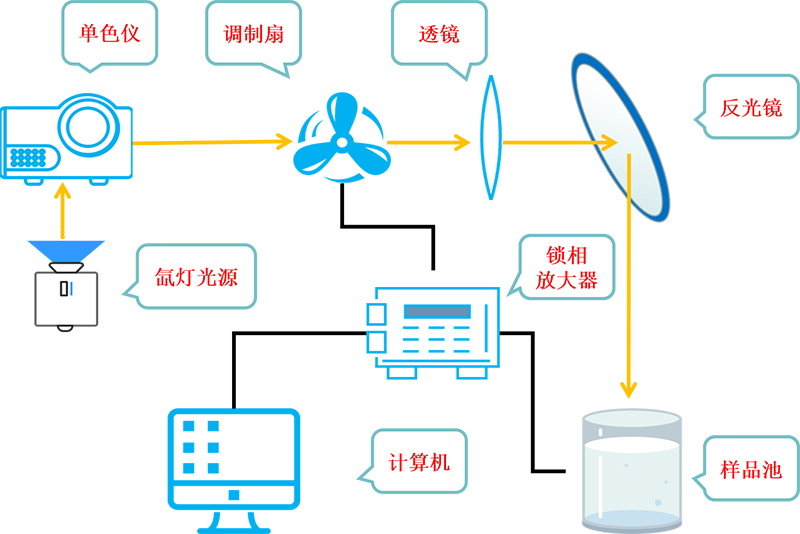
Figure 1. Schematic of Steady-State Surface Photovoltage Spectrometer
Transient Surface Photovoltage Testing
Transient Surface Photovoltage testing, based on steady-state Surface Photovoltage, uses pulsed laser as the light source, as shown in Figure 2. It not only reflects the separation efficiency of photo-generated charge carriers in the material but also provides microdynamic information and charge transfer capacity for the separation of photo-generated charge carriers in the material effectively.
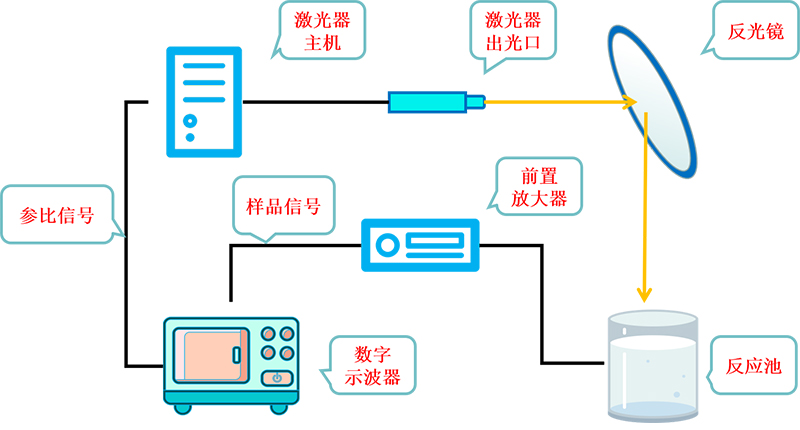
Figure 2. Schematic of Transient Surface Photovoltage Spectrometer
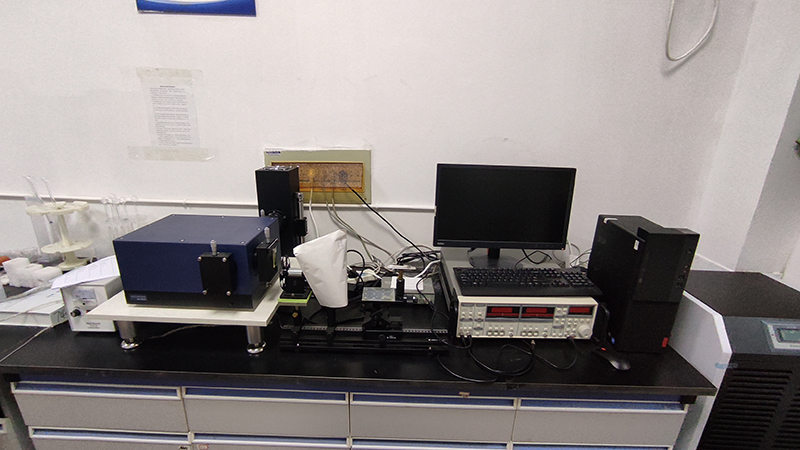
Figure 3. Surface Photovoltage Spectrometer Laboratory Scene
Related Literature
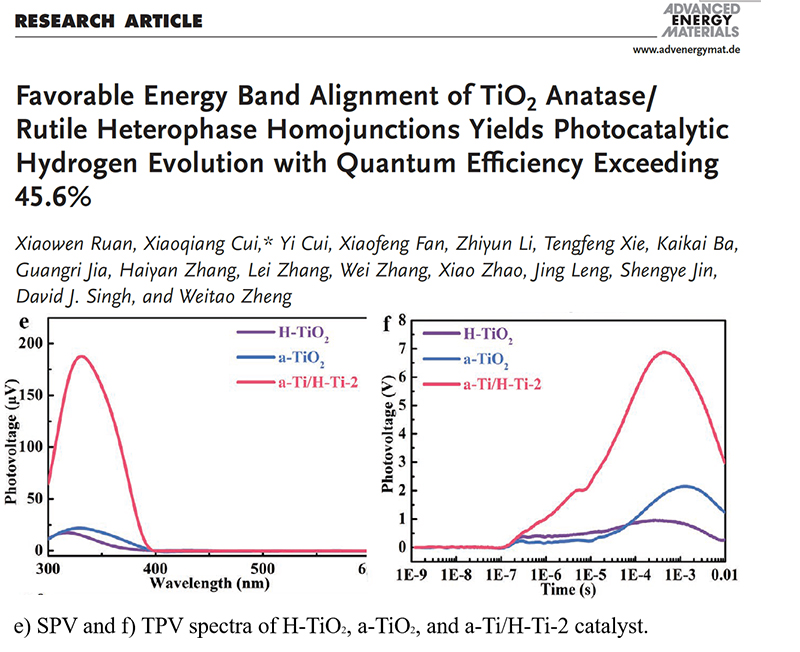
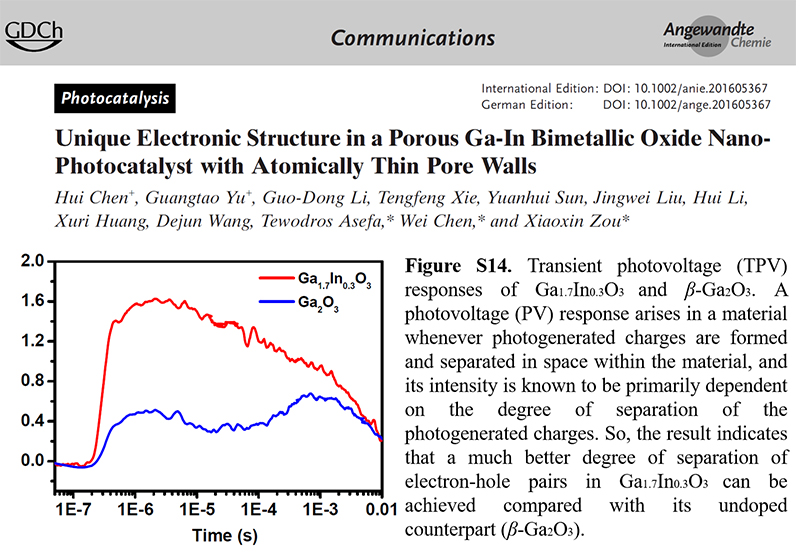
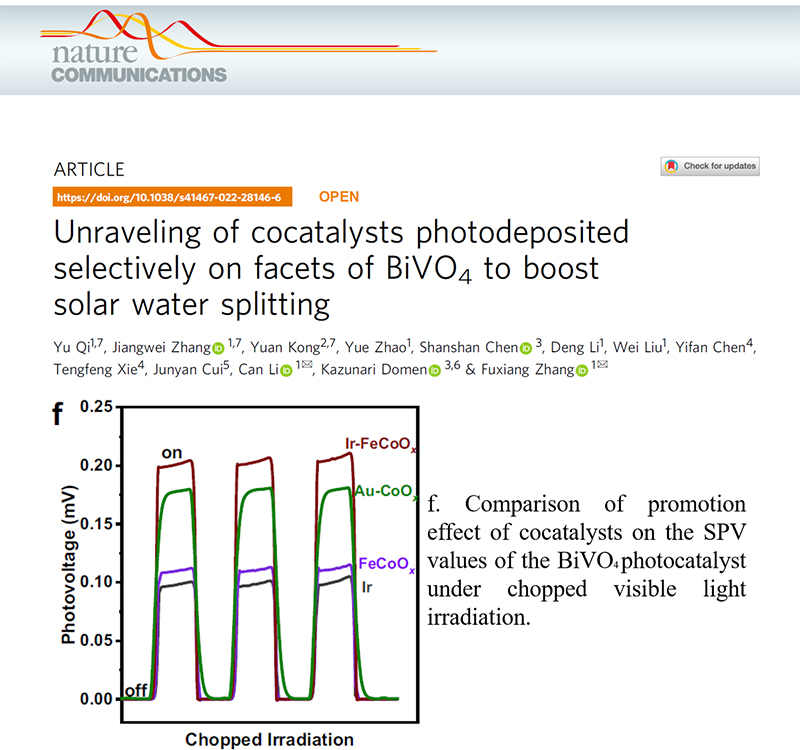
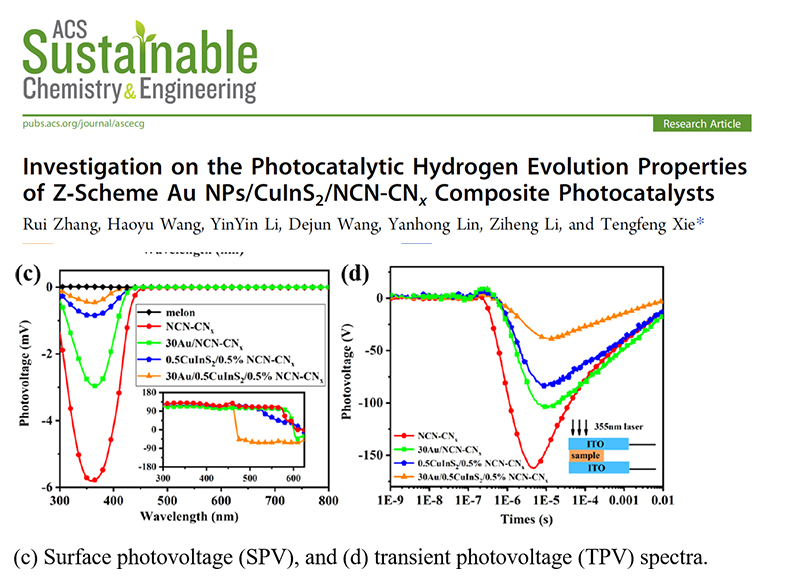
The Surface Photovoltage (SPV) technique can be used to determine semiconductor conductivity type, measure the diffusion distance of minority carriers, determine surface state parameters, and investigate photo-generated charge behavior. It can also provide information on charge transfer properties, defect states, heterojunction charge transfer, quantum size effects, quantum confinement characteristics, photo-generated charge separation, transport, and recombination, among others.
Surface Photovoltage (SPV) mainly includes steady-state surface photovoltage and transient surface photovoltage.
If you have any requirements, you can add the contact information of our specialized staff on WeChat to inquire about our services.
If you are interested in the equipment, you can also contact us for more information.
